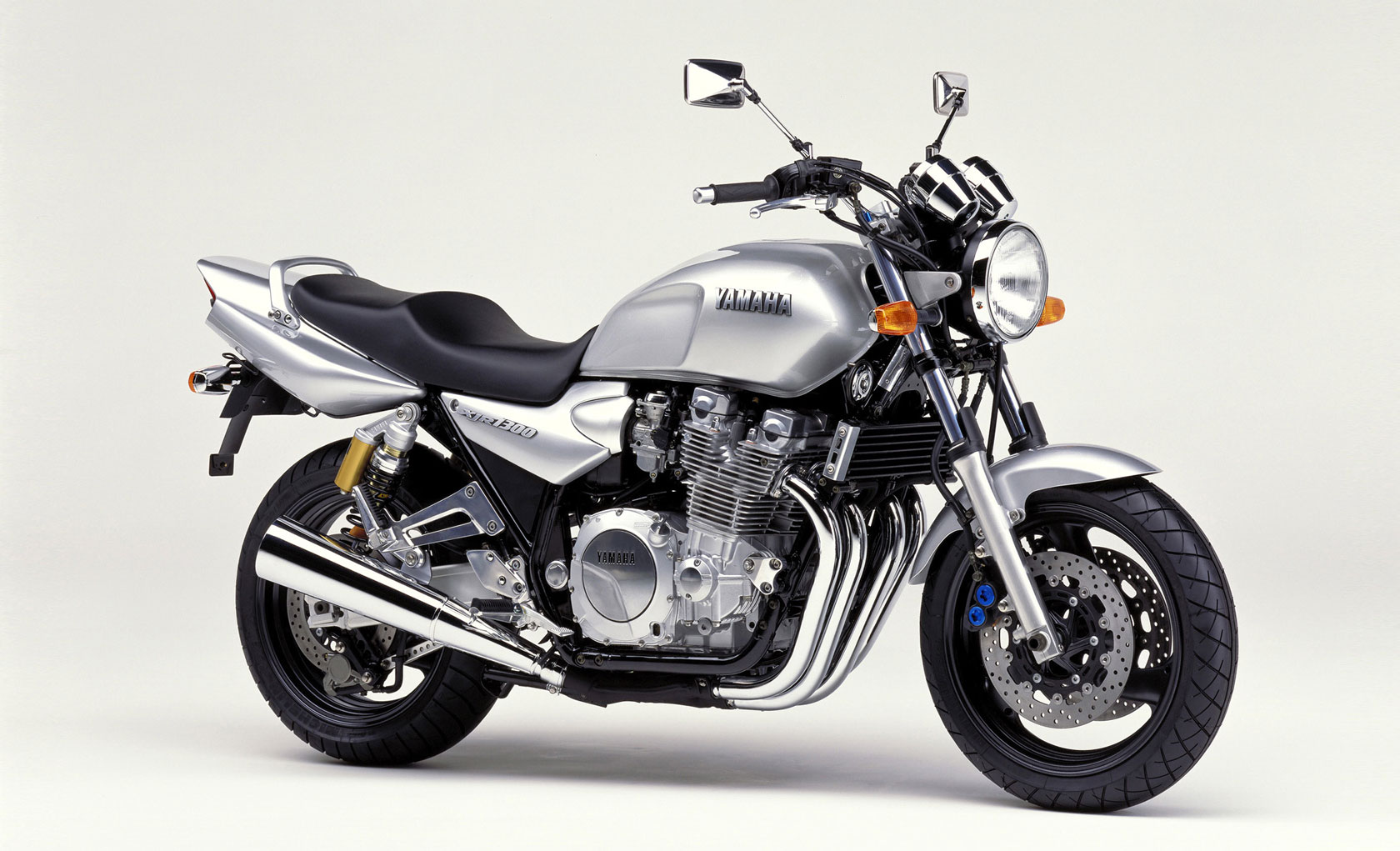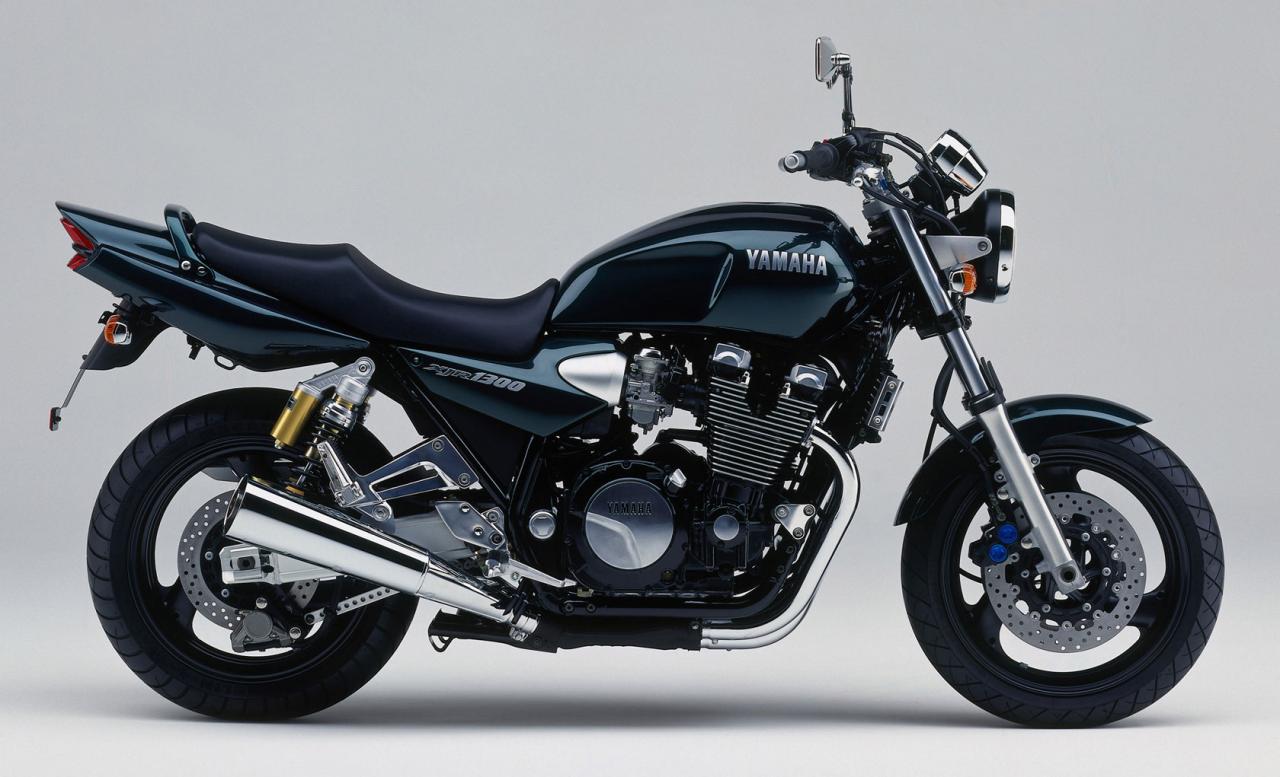The 1999 Yamaha XJR 1300 Specs That Still Impress: A Legacy of Muscle and Refinement
The year was 1999. The world was buzzing about Y2K, the Spice Girls were still topping the charts, and Yamaha unleashed a motorcycle that would become an instant classic: the XJR 1300. While many bikes from that era have faded into obscurity, the XJR 1300, with its muscular presence and refined performance, continues to captivate riders even today. This article dives deep into the 1999 Yamaha XJR 1300 specs, examining the key features and engineering decisions that cemented its place in motorcycling history. We’ll explore why this bike, even over two decades later, still impresses.
A Blast from the Past: The XJR 1300’s Design Philosophy
The 1999 Yamaha XJR 1300 wasn’t about radical innovation; it was about perfecting a formula. Yamaha understood the appeal of raw power combined with classic styling. This philosophy is evident in every aspect of the bike’s design, from its air-cooled inline-four engine to its iconic round headlight and chrome accents. The XJR 1300 was a statement – a powerful machine built for the open road and the sheer joy of riding.
Engine and Performance: The Heart of the Beast
The heart of the XJR 1300 was its robust, air-cooled, 1251cc inline-four engine. This powerplant was not just about brute force; it delivered a smooth and tractable power delivery, making it equally enjoyable for both experienced riders and those new to large-displacement motorcycles.
Key engine specifications that contributed to its lasting appeal include:
- Engine Type: Air-cooled, 4-stroke, 4-cylinder, DOHC, 4-valves per cylinder
- Displacement: 1251cc
- Bore x Stroke: 79.0 x 63.8 mm
- Compression Ratio: 9.7:1
- Maximum Power: 100 bhp @ 8,000 rpm (approximate, varies slightly by market)
- Maximum Torque: 100 Nm @ 6,000 rpm (approximate, varies slightly by market)
- Carburation: 4 x Mikuni 36mm BDST Carburetors
- Transmission: 5-speed, constant mesh
The engine’s impressive torque figures meant effortless acceleration and strong performance across the rev range, making overtaking maneuvers a breeze and providing a comfortable riding experience for long distances. The air-cooling system, while seemingly outdated by today’s standards, contributed to the bike’s clean lines and simple maintenance.
Chassis and Handling: A Balanced Ride
The XJR 1300 wasn’t just about straight-line performance; it also offered a surprisingly competent chassis. The combination of a steel tubular frame, a well-damped suspension, and powerful brakes provided a balanced and predictable riding experience.
Key chassis and handling specifications include:
- Frame: Steel tubular frame
- Front Suspension: Telescopic forks
- Rear Suspension: Twin shock absorbers with adjustable preload
- Front Brakes: Dual disc brakes
- Rear Brakes: Single disc brake
- Dry Weight: Approximately 234 kg (varies slightly by market)
The twin-shock rear suspension, while not the most technologically advanced, contributed to the bike’s classic aesthetics and provided a comfortable ride, absorbing bumps and imperfections in the road with ease. The braking system, while not equipped with modern ABS technology, offered adequate stopping power for the bike’s performance capabilities.
Styling and Features: A Timeless Aesthetic
The XJR 1300’s styling is arguably one of its greatest strengths. Its classic lines, with the round headlight, chrome accents, and muscular fuel tank, exuded a timeless appeal. This retro-inspired design has aged remarkably well, making the XJR 1300 a head-turner even today.
Key styling and feature highlights:
- Classic Round Headlight: A defining feature of the XJR 1300’s iconic look.
- Chrome Details: Added a touch of elegance and sophistication, including the exhaust system.
- Muscular Fuel Tank: Contributed to the bike’s imposing presence and provided a comfortable riding position.
- Comfortable Seat: Designed for both rider and passenger comfort, making it suitable for long rides.
- Analog Gauges: Provided clear and concise information to the rider, further enhancing the classic aesthetic.
Maintenance and Reliability: Built to Last
Yamaha’s reputation for building reliable motorcycles is well-deserved, and the XJR 1300 is a testament to this. The air-cooled engine and relatively simple mechanical design contribute to its ease of maintenance. Regular servicing, including oil changes, valve adjustments, and general checks, will keep the XJR 1300 running smoothly for years to come. Parts availability is generally good, making it a practical choice for those seeking a classic motorcycle.
Conclusion: A Legend Reborn
The 1999 Yamaha XJR 1300, with its impressive specifications and timeless design, solidified its place in motorcycling history. Its powerful engine, balanced handling, and classic styling continue to resonate with riders today. It’s a bike that delivers a thrilling riding experience while retaining a sense of classic charm. If you’re looking for a reliable, powerful, and stylish motorcycle with a rich heritage, the XJR 1300 is definitely worth considering. Its enduring appeal is a testament to Yamaha’s engineering prowess and its understanding of what riders truly desire: a machine that delivers both performance and personality.
FAQs about the 1999 Yamaha XJR 1300
1. Is the 1999 Yamaha XJR 1300 a good bike for beginners?
While the XJR 1300 has a powerful engine, its smooth power delivery and manageable weight make it a suitable choice for experienced beginners. However, it’s crucial to respect the bike’s power and to gain experience gradually.
2. How much does a 1999 Yamaha XJR 1300 cost today?
The price of a 1999 Yamaha XJR 1300 varies depending on its condition, mileage, and location. Generally, well-maintained examples can range from a few thousand dollars to over $8,000.
3. What are common problems with the XJR 1300?
Common issues include carburation problems due to age and wear, potential oil leaks, and wear and tear on the suspension components. Regular maintenance and inspections can prevent or mitigate these issues.
4. Are parts readily available for the XJR 1300?
Yes, parts for the XJR 1300 are generally available, both new and used. Yamaha’s extensive parts network and the popularity of the model have ensured a good supply of components.
5. What are the main differences between the 1999 XJR 1300 and later models?
The 1999 model is largely similar to later models, but some changes were made over the years, including cosmetic updates, suspension refinements, and, in later years, the addition of fuel injection. The core engine and chassis remained largely unchanged, maintaining the bike’s fundamental character.



